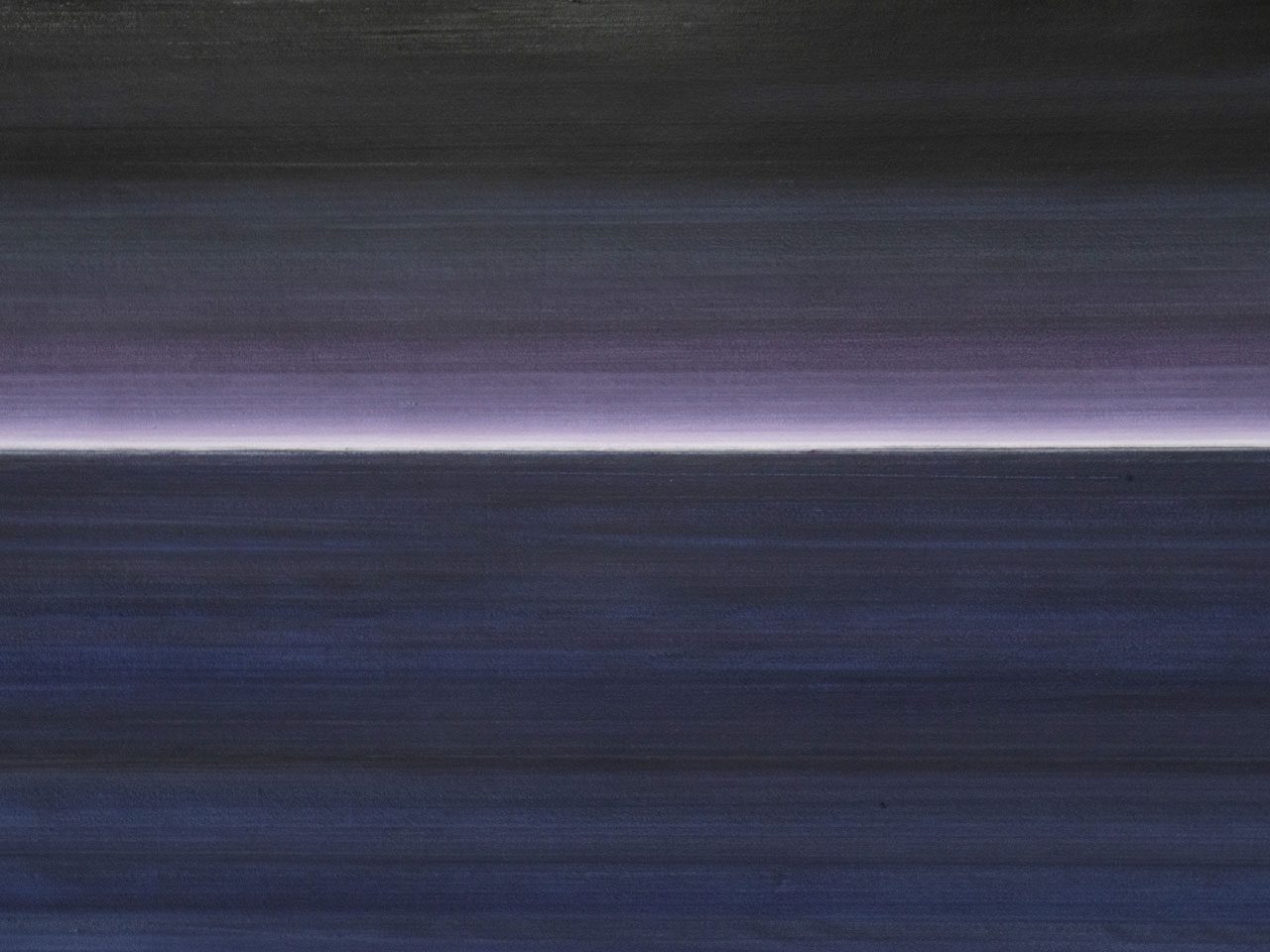ART CITIES: Madrid-Michel François
Michel François uses an economy of means to transform seemingly uncomplicated objects and materials, or traces of past events, into deeply resonant carriers of meaning. His sculptures can be seen as an exploration of cause and effect, and the ways in which simple gestures can change the status of an object or have important consequences.
By Dimitris Lempesis
Photo: carlier|Gebauer Gallery Archive
Michel François presents his solo exhibition “Escenas de Abandono”, as is common in Michel François’ practice, all of his works begin with extensive preparation, a structured protocol that eventually gives way to an inevitable loss of control. This tension between intention and unpredictability is central to his artistic process. He embraces this loss, seeing it as integral to his creative journey. Each piece emerges through a precise procedure, but the result is always open to chance and spontaneity. This dynamic between structure and freedom is a recurring theme across the exhibition, reflecting the unpredictability of the creative process. A key example is “Peinture d’Usure” (2024), which involves sanding paper—blue, red, or black— stretched over a machine designed by the artist. As the sandpaper rotates, he presses oil sticks onto it, creating horizontal lines that evoke a dynamic landscape. This process produces an abstracted, almost mechanical interpretation of a landscape. One of the final works, cut diagonally, references a landscape painted repeatedly by his father. While François mimics his father’s palette, the result is a different, motion-driven landscape. The mechanical process of creating the piece contrasts with the natural imagery, blurring the lines between the organic and the artificial. This tension questions traditional notions of painting, landscape, and the role of the human hand in art. François’ decision to return to painting later in life, after his father’s death, adds personal significance to the work— marking his return to an art form he had long avoided. In “Spring Steel Drawing” (2024), François creates a three-dimensional sculpture that initially appears to be a spontaneous doodle, its loops and curves suggesting a fluid sketch within a rectangular frame. However, the piece is made from a single ribbon of rolled steel, looped and secured with magnets. The result is an unpredictable composition that balances control and chance. The sculpture exemplifies the tension between mastery and surrender, as he guides the material, but the steel has a will of its own. Without the magnets, the structure would collapse, forcing the artist to embrace the unpredictable nature of the material. The work also serves as an architectural element, its curving lines creating a dynamic space that feels both open and enclosed. Finally, François presents a series of instinctive drawings created through random lines, later materialized in plexiglass. Using varying pencils, each with different levels of dryness or greasiness, he produces textures that suggest organic forms, almost anthropological in nature. The figures within these drawings appear to be in motion, embodying a sense of life or dance. Through this process, randomness is transformed into structure, as the artist imposes a form on what begins as chance. Like his father’s repetitive landscapes, François’ own practice is driven by an impulse to make sense of randomness. In his later years, François began to paint again, producing one painting each year, often a small tondo of a yawning man—long attributed to Pieter Bruegel the Elder but now believed to be by his son. This repeated motif serves as an homage to his father, a return to painting after a long absence, and a gesture that reflects the cyclical nature of life and creativity. The exhibition explores the interplay between control and surrender, process and letting go, revealing deeper truths about the artist and the world.
Photo: Michel François, Peinture d’Usure (detai), 2024, Sanding paper, oil paint, 53 1/2 × 33 1/2 in | 136 × 85 cm, © Michel François, Courtesy the artist and carlier|Gebauer Gallery
Info: carlier|Gebauer Gallery, Calle de José Marañón 4, Madrid, Spain, Duration: 17/1-22/2/2025, Days & Hours: Tue-Fri 11:00-19:00, Sat 11:00-14:00, www.carliergebauer.com/



